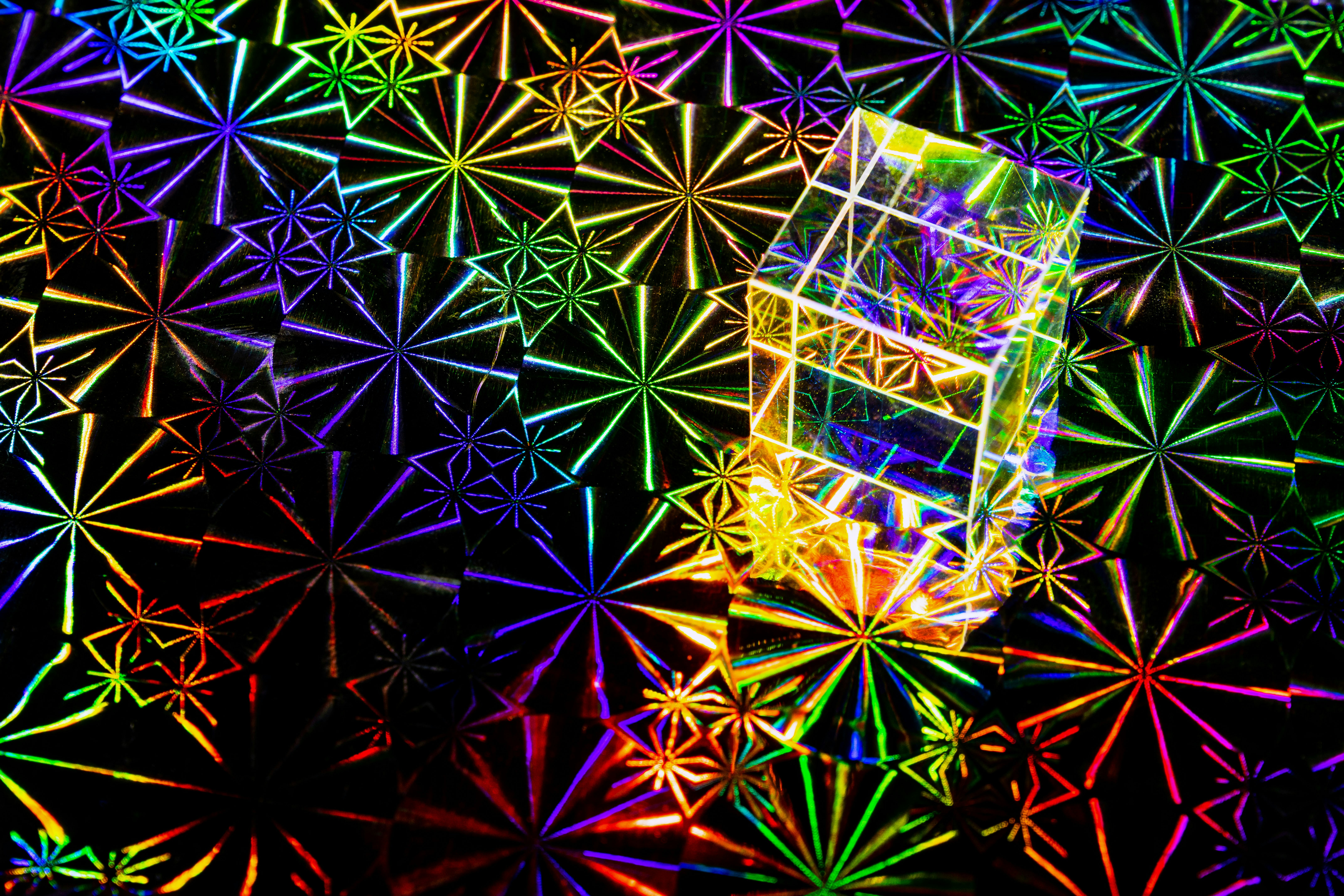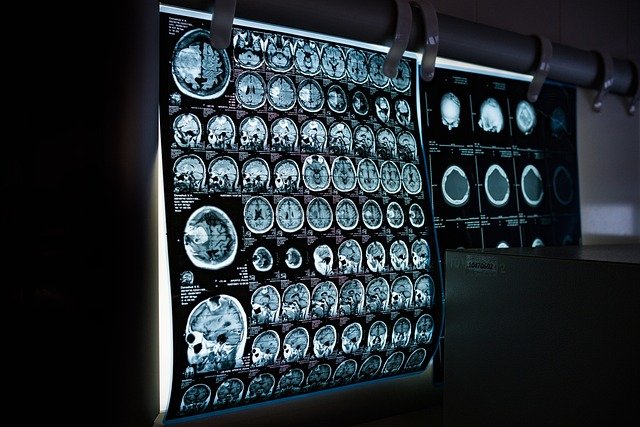Nature-Inspired Computing: Biomimicry in Silicon Circuits
In the realm of technology, every sunrise brings a new invention. Nature has been the greatest influencer in the development of technology, and biomimicry in the field of computing is a testament to this fact. Let's embark on a journey to understand how nature's wisdom has inspired the evolution of silicon circuits.

A Dive into the Past: The Genesis of Biomimicry
Biomimicry, a term coined by biologist and writer Janine Benyus in 1997, refers to the imitation of the models, systems, and elements of nature for the purpose of solving complex human problems. This approach has been practiced for centuries, from Leonardo da Vinci’s flying machines inspired by birds to the more recent developments in robotics, architecture, and computing.
Nature and Computing: A Symbiotic Relationship
In the realm of computing, biomimicry has taken the form of imitating the neural networks of the brain to create more efficient computing systems. Traditional computing systems, despite their speed and power, have limitations when it comes to dealing with ambiguous data and making decisions based on partial information. This is where nature steps in. The human brain’s ability to process information and make decisions has become a model for creating more flexible and efficient computing systems.
The Dawn of Neuromorphic Computing
Neuromorphic computing is a subset of biomimicry that draws inspiration from the structure and function of the brain’s neurons. The goal is to design silicon circuits that mimic biological neural networks, promising more efficient, compact, and power-saving systems. Unlike traditional computing systems, neuromorphic systems can adapt and learn, opening up revolutionary possibilities in robotics, artificial intelligence, and machine learning.
The Current Scenario: The Rise of Silicon Neurons
IBM’s TrueNorth and Intel’s Loihi are stellar examples of neuromorphic chips in action. With a massive network of silicon “neurons” and “synapses,” these chips replicate how the brain processes information. The neuromorphic design allows for faster, more energy-efficient data processing, with potential applications in real-time data analysis, power management, and autonomous driving.
The Impact on the Market: A New Era for Tech
While the exact price range of these technologies remains undisclosed, their potential impact on the market could be substantial. Considering the growing demand for efficient, low-power computing systems, neuromorphic technologies could herald a new era in the tech industry.
In a world where technology is constantly evolving, the principles of biomimicry provide a fresh perspective. The marriage of nature and technology in the form of biomimicry in silicon circuits exemplifies how we can turn to nature for innovative solutions. As we move forward, the continued exploration of this field promises to yield fascinating developments that could redefine the way we understand and interact with the world of technology.



